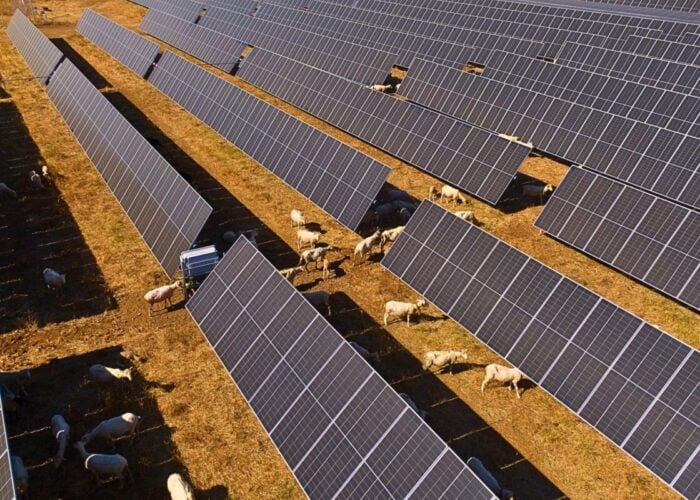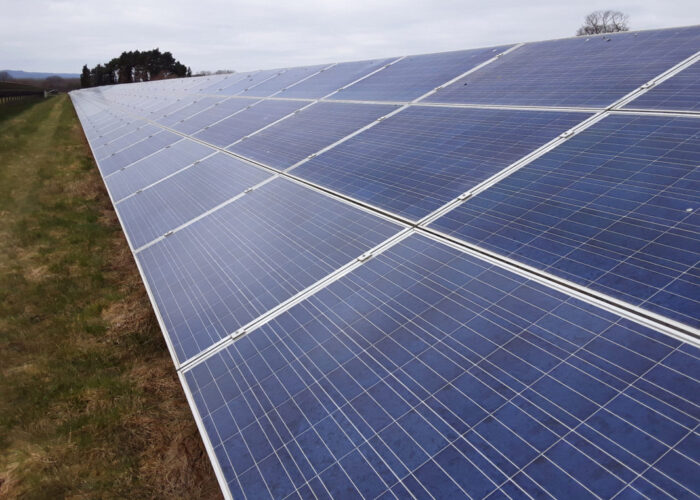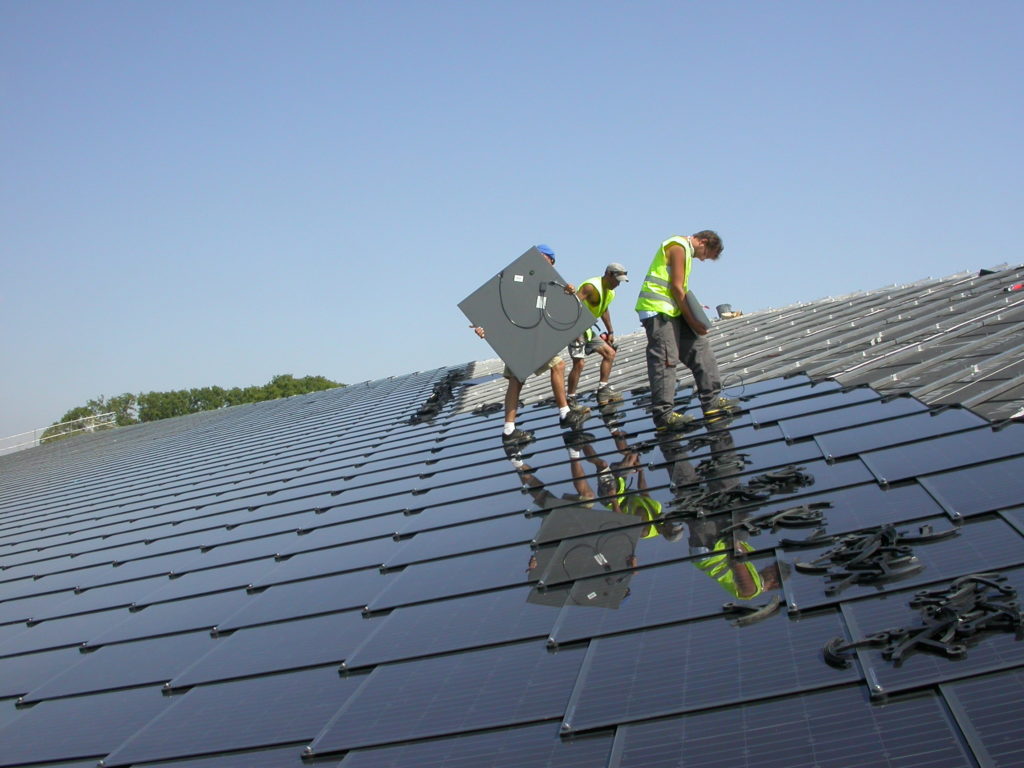
As renewables account for more of the world’s energy mix, expansion of the global solar industry is almost a given. In the US, the Energy Information Administration (EIA) expects the country’s solar power generation to increase by 75% between 2023 and 2025, while in China, the government almost met its renewable power capacity installations six years early,with 1.1TW of solar and wind capacity in operation at the end of last year, not far short of its end-of-decade target of 1.2TW.
In Europe, meanwhile, the latest round of National Energy and Climate Plans (NECPs) collectively set out plans to expand the EU’s solar capacity by 90GW, as both EU leadership and individual national governments invest in their solar sectors.
Unlock unlimited access for 12 whole months of distinctive global analysis
Photovoltaics International is now included.
- Regular insight and analysis of the industry’s biggest developments
- In-depth interviews with the industry’s leading figures
- Unlimited digital access to the PV Tech Power journal catalogue
- Unlimited digital access to the Photovoltaics International journal catalogue
- Access to more than 1,000 technical papers
- Discounts on Solar Media’s portfolio of events, in-person and virtual
With willpower not being the limiting factor to further solar expansion, questions remain as to the barriers still in place to solar meeting a greater proportion of the world’s energy demand. One potential obstacle could be the sheer volume of money needed to support some of these more ambitious plans, with Bloomberg New Energy Finance (BNEF) reporting earlier this year that 2023 saw a mammoth US$1.8 trillion in new clean energy investments.
BNEF suggests that this figure will need to more than double to US$4.84 trillion a year between 2024 and 2030 as the clean energy transition picks up pace.
As a result of these spiralling expenses, securing funds for such projects has become a priority for developers, and identifying and backing safe investments is compulsory for financiers.
“Incredible” levels of financing
“The Bloomberg numbers are very clear,” says Sonia Dunlop, CEO of the Global Solar Council (GSC). “If you look at financing for deployment, the world is putting well over a billion dollars a day into solar, and that is just incredible,” Dunlop says. “As deployment grows and grows, and as the size of the market in terms of gigawatt [capacity] increases every year, the amount of money that’s going into the solar PV industry is growing as well.”
“We’re seeing that in the solar industry, more and more listed solar funds, private solar funds and different kinds of asset managers are wanting to put their money into solar,” Dunlop continues. “I’m stood right now in one of the main skyscrapers of [London financial ditsrict] Canary Wharf purely because Brookfield Asset Management, which is upstairs, put a lot of money into solar.”
This is a trend echoed by BNEF’s own figures, with the authors of the Energy Transition Investment Trends 2024 report explaining that private finance is one of the most stable sources of solar funding.
“If you look at the breakdown of this by financing type, the most noticeable trend here is [that] private markets are actually relatively resilient compared with what you might expect,” said Mark Daly, BNEF head of technology and innovation, at a webinar unveiling the report.
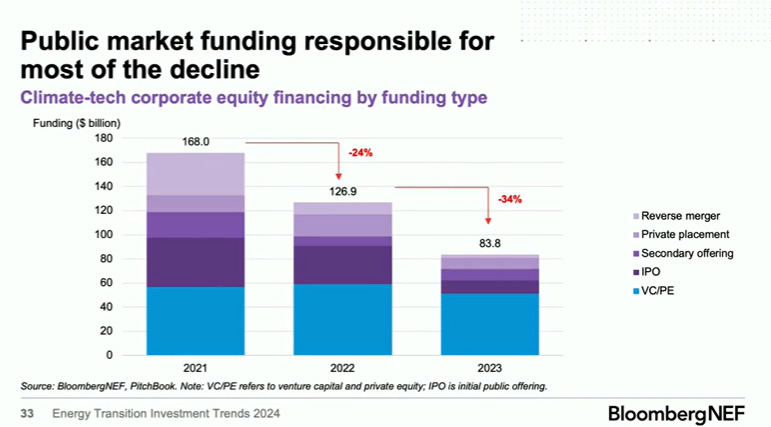
“Post-Covid, as interest rates went up, we were seeing that the venture capital bubble in the economy more broadly was popping,” added Daly, drawing attention to the graph above. “But the climate tech startup sector actually being relatively resilient in financing is all good news for those private investors though, because the big chunk of this bar that went down is the purple portion, which represents public market financing for those companies and exit routes.”
However, this is not to say that solar financing is without challenges. Most notably for investors, and particularly those not familiar with the renewables sector, the fact that much of a renewable project’s costs must be paid upfront could be a deterrent for potential investors.
“All your costs are upfront, which means that raising the money to pay all those upfront costs is particularly important for us as an energy generation technology, which means that the cost of capital for buying all the upfront equipment is particularly important for us,” says Dunlop. “We are particularly sensitive to variations in cost of capital over time, which is obviously important at the moment with interest rates going up, but also from one location to another.”
BNEF solar analyst Jenny Chase, meanwhile, suggests that there is enough interest and investment in the growing solar sector, but a lack of projects considered safe investments for the number of financiers now involved in the industry.
“The challenge for solar investment isn’t finding the money, it’s finding good projects which are attractive to investors, which relies partly on power prices in daytime hours not collapsing,” says Chase, who goes on to suggest that this raises other challenges for adjacent sectors, such as grid infrastructure. “[This] relies on investment going into grids, storage and demand side flexibility.”
Global coordination
Dunlop suggests that many of these challenges, particularly those pertaining to making solar a viable investment, fall under the purview of the GSC with the global perspective it can offer.
“We are kicking off a finance workstream as the GSC, where we want to be a conduit for making sure that there’s a better relationship, a closer relationship, between the solar industry all over the world and the big investors and financers, [and] the big investors in manufacturing,” says Dunlop. “[Alongside] a better relationship, as well, between the global industry and the public financial institutions at a global level, such as the IMF, the World Bank and EBRD.”
Perhaps the GSC’s most influential role could be in the form of standardising international processes, which is increasingly important in the global solar sector. Much has been made of tensions between some of the world’s leading solar countries – most notably the US and China – and helping to reduce barriers to international collaboration and investment could be crucial as investors look to support projects beyond their home countries.
“There are lots of things we can do in terms of standardising the way you go about doing a project,” says Dunlop. “If you use standard contracts, and so on, it’s much easier for projects to be bundled up into big portfolios of hundreds of projects and be sold as a portfolio, which reduces the cost of finance. Standardising that and making that process easier and cheaper and quicker is another role we can play in helping to get more money into solar all over the world.”
BNEF’s figures suggest that there is a significant variation in renewable energy investments around the world, with China’s renewable investments in 2023 exceeded by those of the US, EU and UK collectively.
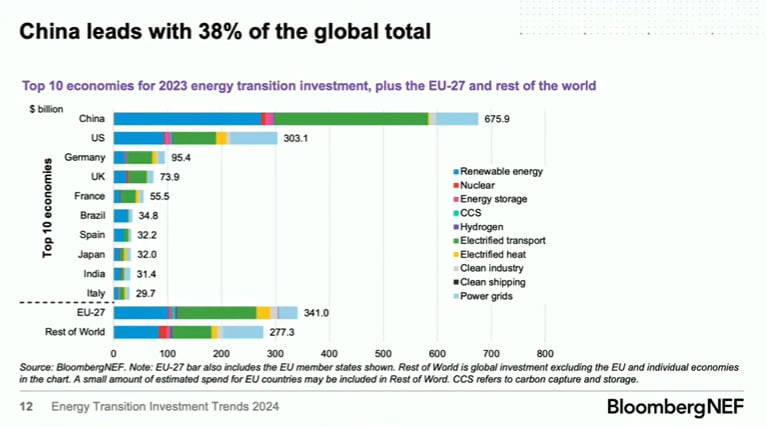
“The EU as a bloc, if you add it all together, [invested] $340 billion, a little bit more than the US but still quite far behind China,” said Albert Cheung, deputy CEO of BNEF, at the BNEF webinar, highlighting the trends in the graph above. “And this year, a lot of the growth globally was driven by the EU, the US and the UK. Between those three blocks – EU, US and UK – those three blocks account for about two-thirds of the overall growth in energy transition just last year, and then in aggregate outspent China last year, which hadn’t been the case of the year before.”
Mitigating risk
Another key task for attracting further financial backers to the sector will be to ensure solar projects are seen as low-risk. As Chase says, investors are interested in the solar sector, but still need to be convinced that solar projects offer a viable return on their investments.
“Investors are desperate to put money in definitely-green investments, providing they’re good projects, [that is to say] the risk is worth the likely return,” says Chase. “Developers need to get a grid connection, land permits, and an offtake contract for power for at least five, and ideally 20, years. Without those, it is not possible to build a project to invest in.”
The lack of grid availability in particular is a much-discussed challenge for the global solar sector, with the UK and Greece experiencing grid challenges in Europe in the last year, while the Federal Energy Regulatory Commission (FERC) in the US is considering new legislation to improve the processes by which power projects can connect to the grids in place in the country.
Another key risk for investors is the markets in which they plan to operate, with many investors more hesitant to support projects in developing countries for fear that such projects would be less safe investments than projects in regions such as Europe and the US.
“The other challenge is in high-risk markets, like most of sub-Saharan Africa and some of Latin America, where power offtake contracts are with entities that have a poor credit rating [that is to say] a high risk of nonpayment,” says Chase.
This phenomenon is particularly important considering these “high-risk markets” are expected to see considerable rates of renewable capacity installations in the coming years. According to the IEA, renewable energy capacity growth in Sub-Saharan Africa is set to almost quadruple from 17.8GW between 2017 and 2022 to 64GW between 2023 and 2028. This rate of growth is faster than in the US, which is expected to see installed renewable capacity more than double from 156.6GW to 337.1GW over this period.
“When we say things like ‘solar is a competitive source of electricity generation’, and ‘solar is competitive with gas and with coal and with all these other different sources of electricity generation’…the extent to which you can make that statement varies from one country to another,” says Dunlop. “What you see is [that] the developing countries perceived as being higher risk and so investors require a higher return on investment or [have to deal with] a higher cost of capital.”
Dunlop argues that a combination of public and private support for such solar sectors will be necessary as a way to translate the general eagerness to invest into the hard dollars needed to scale up solar deployment at the necessary pace. She calls for “an element of subsidised finance from public finance institutions” to support a range of solar projects, from utility-scale to off-grid deployments.
“We also need to be working on environmental, social and governance (ESG) issues, which is obviously a big requirement for investors as well,” adds Dunlop, suggesting that improving the ethical performance of the solar industry as a whole will help attract greater, and necessary, investment for the sector.
“When investors, for example, invest in a solar fund that might be listed on the stock market, one of the big requirements on their side is they go through a whole ESG due diligence process, to check that the fund is adhering to all of their requirements.”
Ultimately, cracking the finance nut for solar and other renewables will require a concerted effort on multiple fronts. Over the coming weeks PV Tech will be exploring some of the key dynamics of solar financing, including green bonds, grid financing and mainstream bank support for the energy transition.



